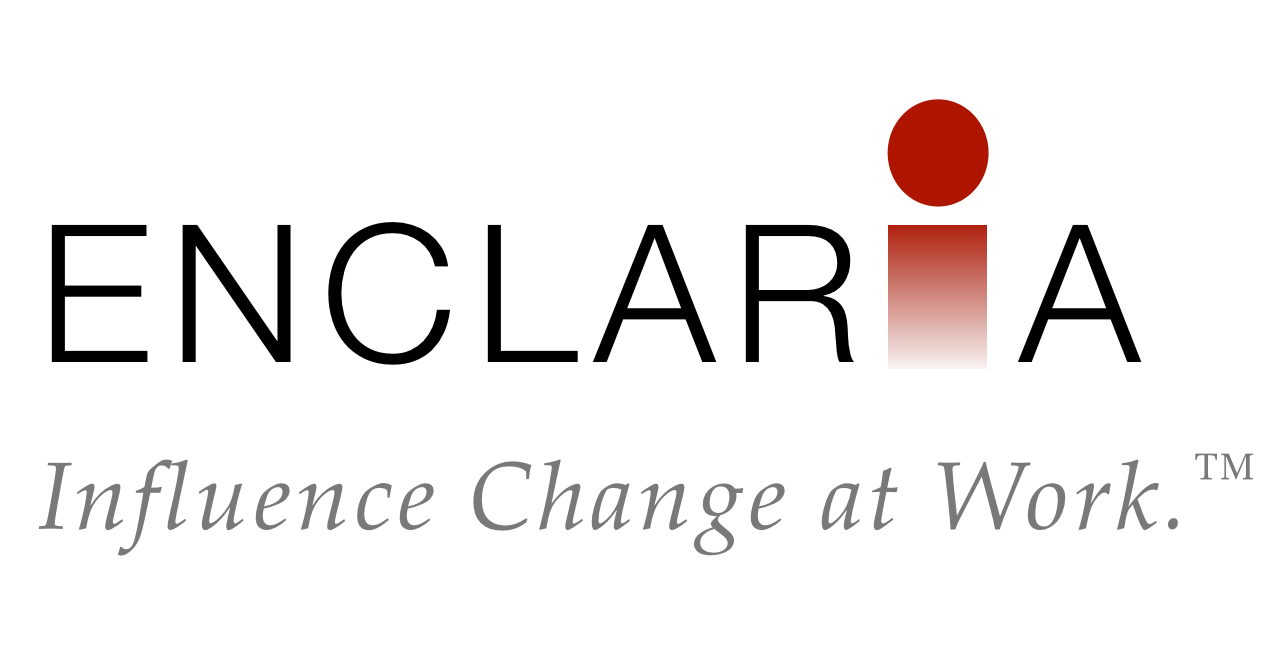When you embark on implementing change at work, a change management methodology provides a way to organize your activities, focus your attention, and engage others in a common approach. There are many frameworks to choose from – five levers, eight steps, five phases, three stages – so how do you know which methodology to use?

The easy answer is that you should use the one that makes sense in your situation, a methodology you feel comfortable using and one that will work in your organization. But when you’re selecting an approach to help you implement change, there are a few more features you want to make sure are included. Here are four features to look for in a change management methodology.
Clarifies What’s Really Changing
Most change management approaches assume you know what you’re trying to change. Yet often, the vision is unclear and the transitions required to achieve it are overlooked. If your methodology skips the step that defines the change, you risk implementing an initiative that doesn’t achieve the desired result, or worse, has unintended consequences. Using an approach that clarifies what you’re really trying to change, and what will cause the outcome to happen, provides the raw materials for designing change that has lasting impact.
More Than Just Plans
As Dwight D. Eisenhower said, “Plans are useless, but planning is indispensible.†It’s necessary to develop plans to anticipate what will happen, plot a course, and stay organized. But once you start to implement, the plans are superseded by what actually happens. You need a framework that will help you influence change in the moment and help you figure out what to do when things inevitably go off plan.
Closes the Gap Between Theory and Reality
Change management models are helpful and can provide valuable insight. The hard part is figuring out how to translate it to your own situation. For example, you know you need to communicate change, but what should you communicate and how? Mediocre methodologies explain how change works. Great methodologies not only explain and simplify change, they provide tools to help you customize and implement it in your organization.
Inclusive of Other Methodologies
If you come across a methodology that tells you it’s the only one you’ll ever need, or worse, that you cannot use other methodologies in concert with it, cross it off your list. Organizations are not so predictable, projects are not cookie-cutter, and you are not a robot. Credible methodologies allow you to incorporate other approaches to customize your change initiative to best suit your organization, your project, and your own style of influence. There is no one size fits all solution. You should not be discouraged from learning as many methodologies as you can to figure out what combination will work for you.
When implementing change, using a change management model helps you make sense of things. If you want your methodology to help you implement change that works, be sure it has all four of these core features in addition to a solid, straightforward framework.
Looking for a methodology that includes all these features and that users call practical and straightforward? Order the Influence Change at Work Toolkit today!
